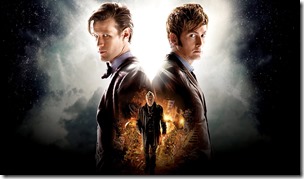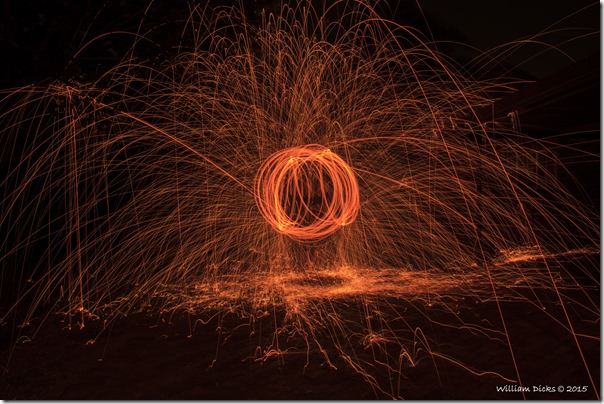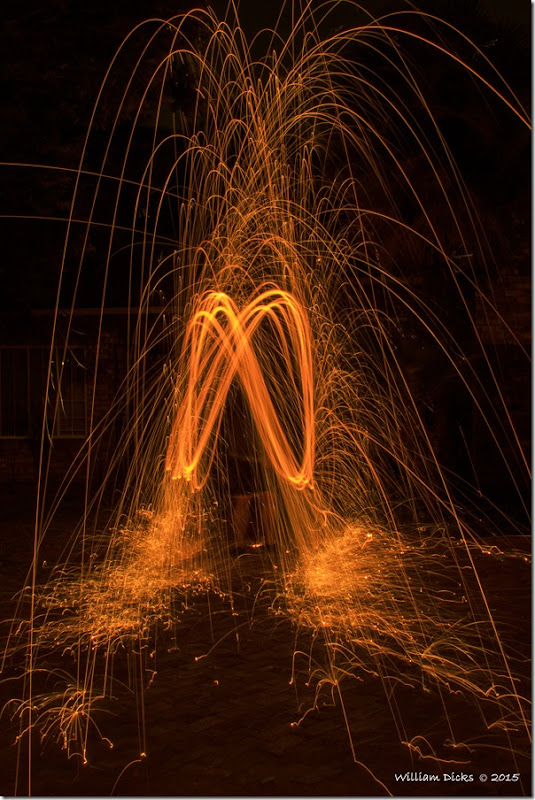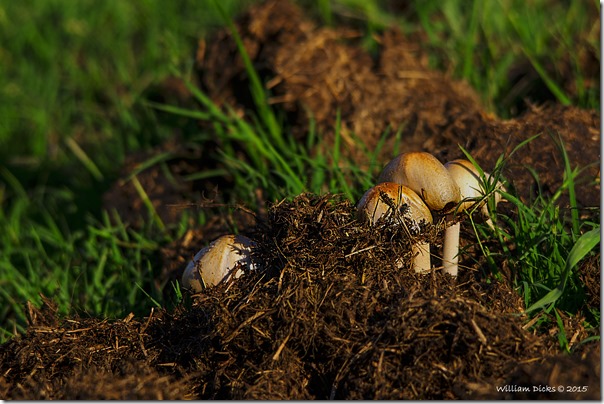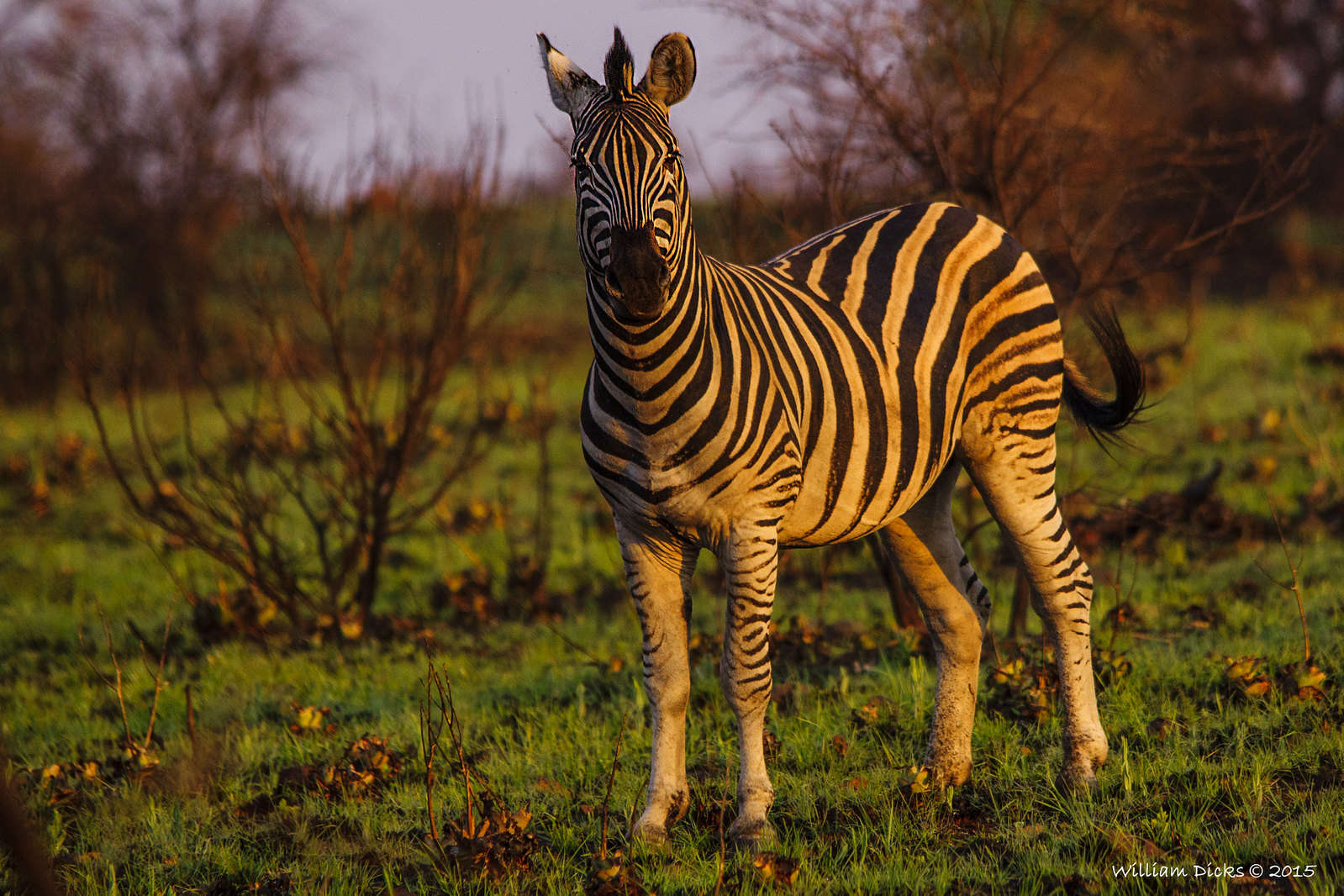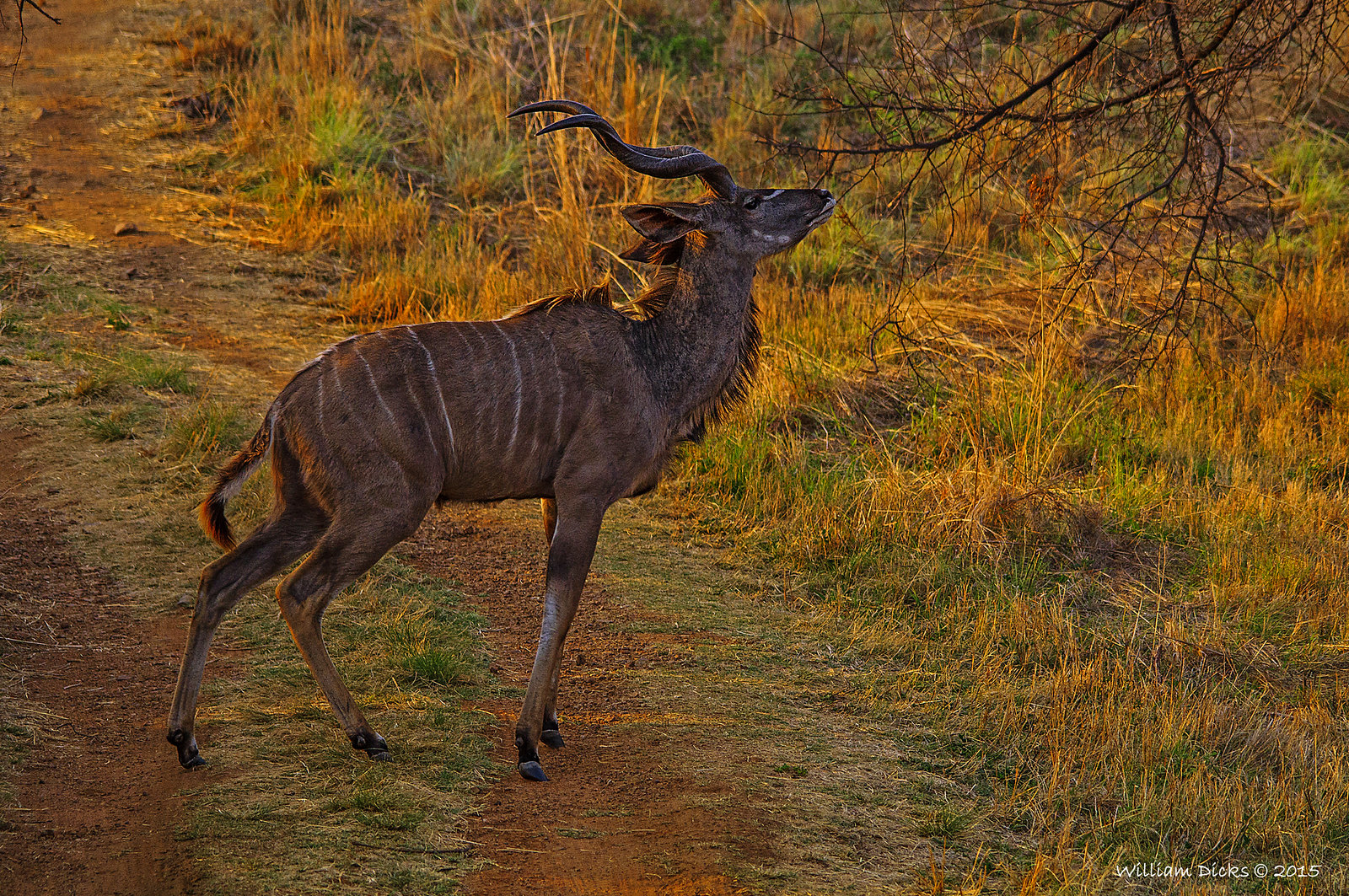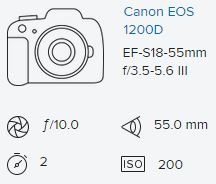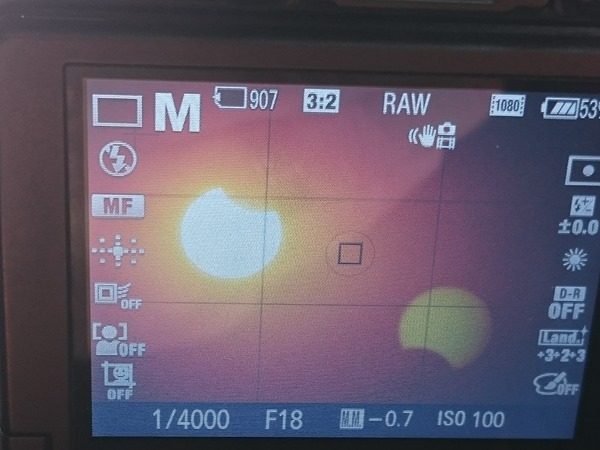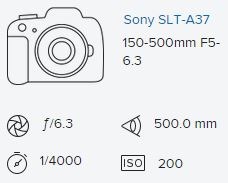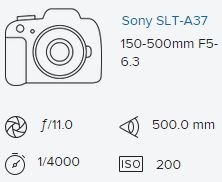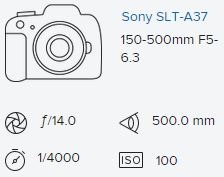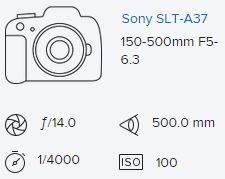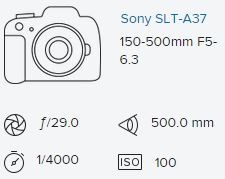I arrived at Rietvlei Nature Reserve just after 06:00 on 16 December 2017, and it started like most of these visits do…, seeing zebra.
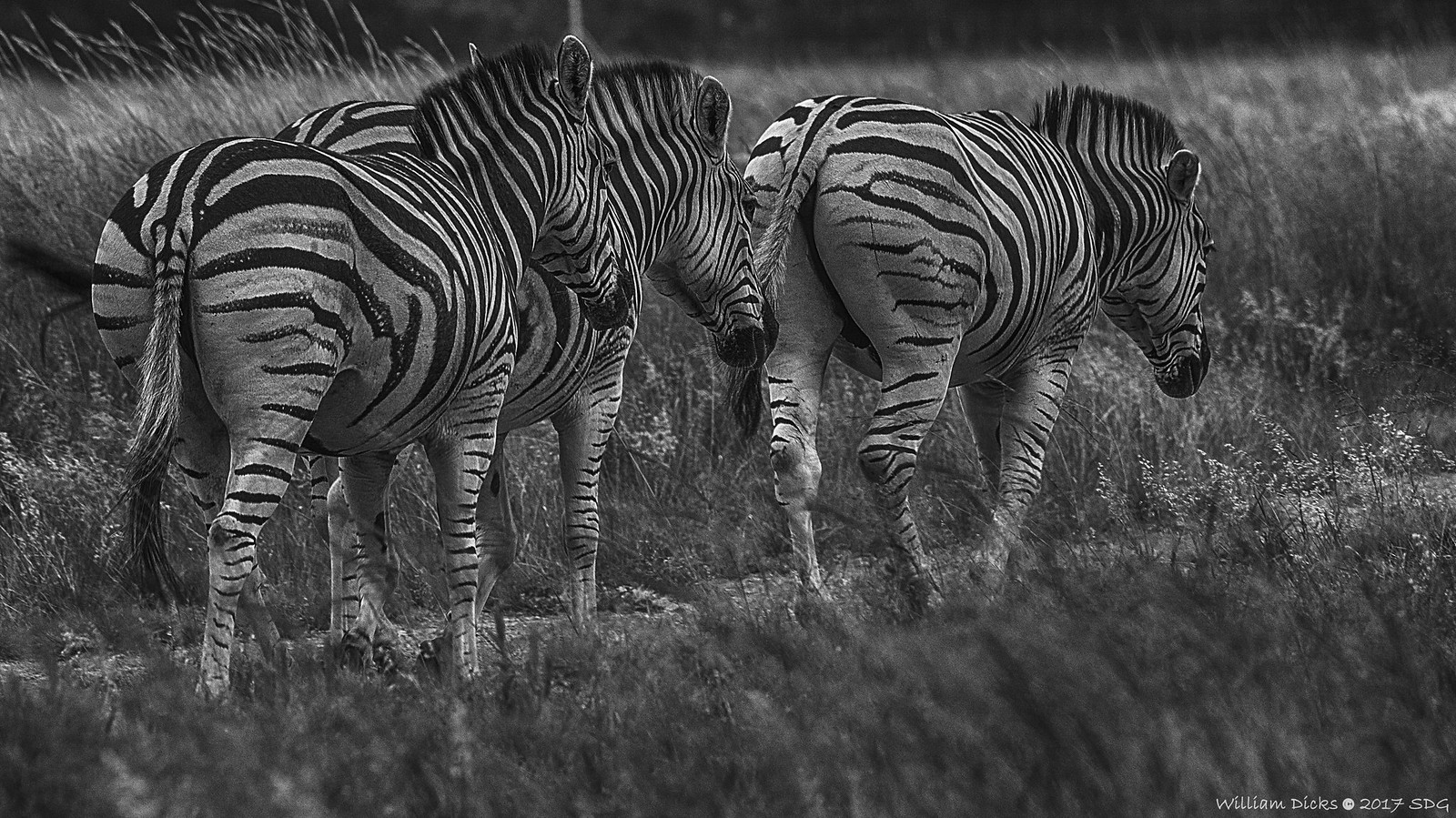 |
| Three zebras moseying along! |
I have been visiting Rietvlei Nature Reserve for many years, and several years ago, Cheetahs were reintroduced to the reserve. Since then I have been hoping that I would be able to spot them. I only once got to see them, and it was very fleeting. I am on the Rietvlei Photographers WhatsApp group, and I started receiving many messages that the cats had been spotted. I made my way over and eventually got to see them. Since that time I had been hoping that I would get to find the cats by myself. That opportunity finally presented itself.
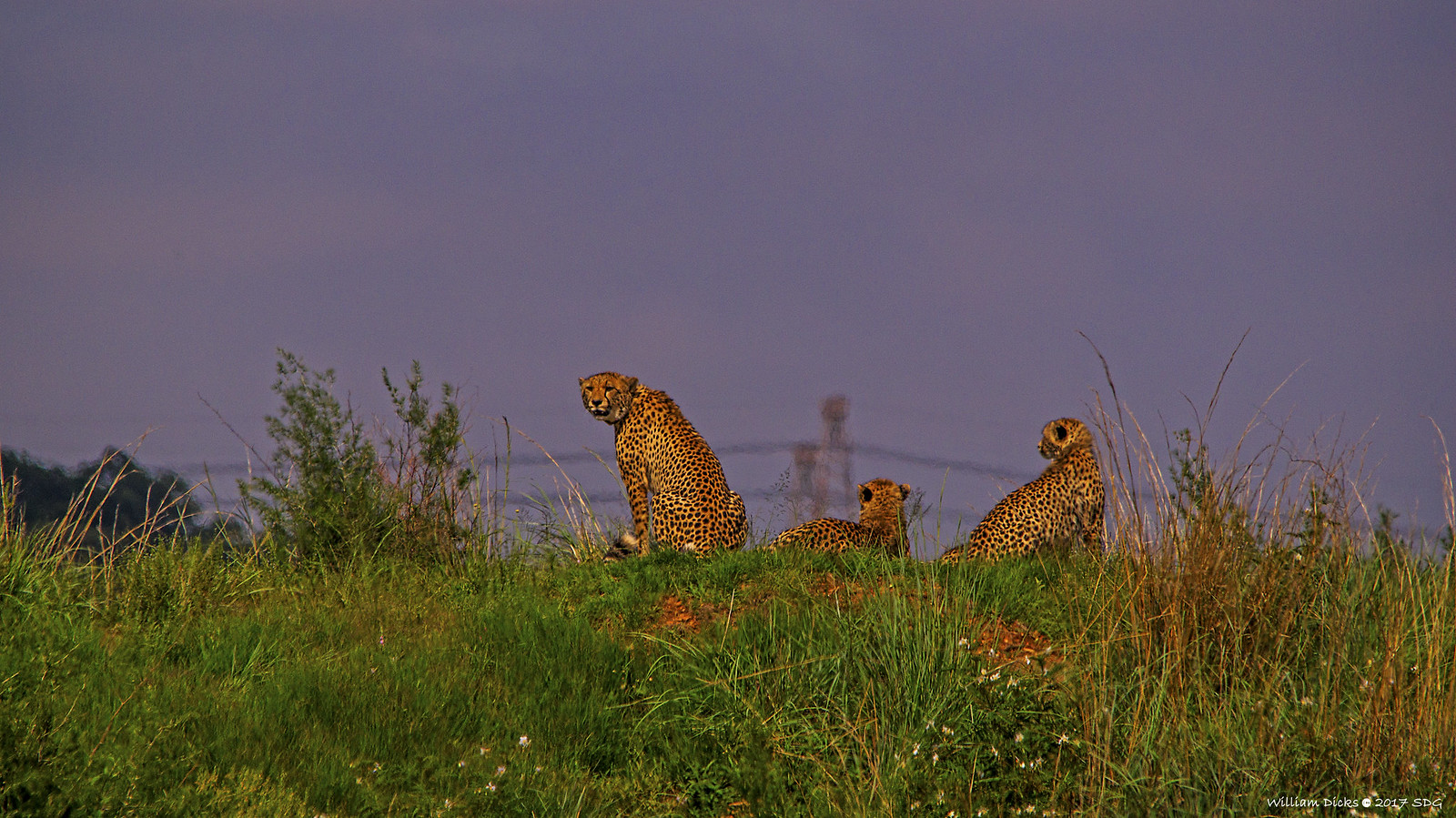 |
| Cheetah mom and cubs (about 80m away) |
I was on my way to the Otter Bridge (Latitude: 25° 52.888'S, Longitude: 28° 17.722'E) when I looked to my left, and on this mound I could see what I thought was a log. But, as I moved the log kept on changing shape, which is quite logical, since I kept changing the angle at which I saw this log. But then, the log seemed to look suspiciously like it had what to my poor eyesight, looked like cheetah ears. I stopped my car and took my Sony camera with a 150-500mm Sigma lens on it to see what I was looking at, and there it was; not just one cheetah, but FOUR! I moved my car around so that the driver’s window faced them, and settled in for the long haul. I stayed in that position for two and a half hours, until they all moved to the other side of the mound and I could no longer see them. I didn’t want to stay there in case they left on the other side while I waited this side for nothing. So, I decided to move on and then return this way a little later.
On my meanderings I came across dandelions—not a code word for fancy lions—and black wildebeest.
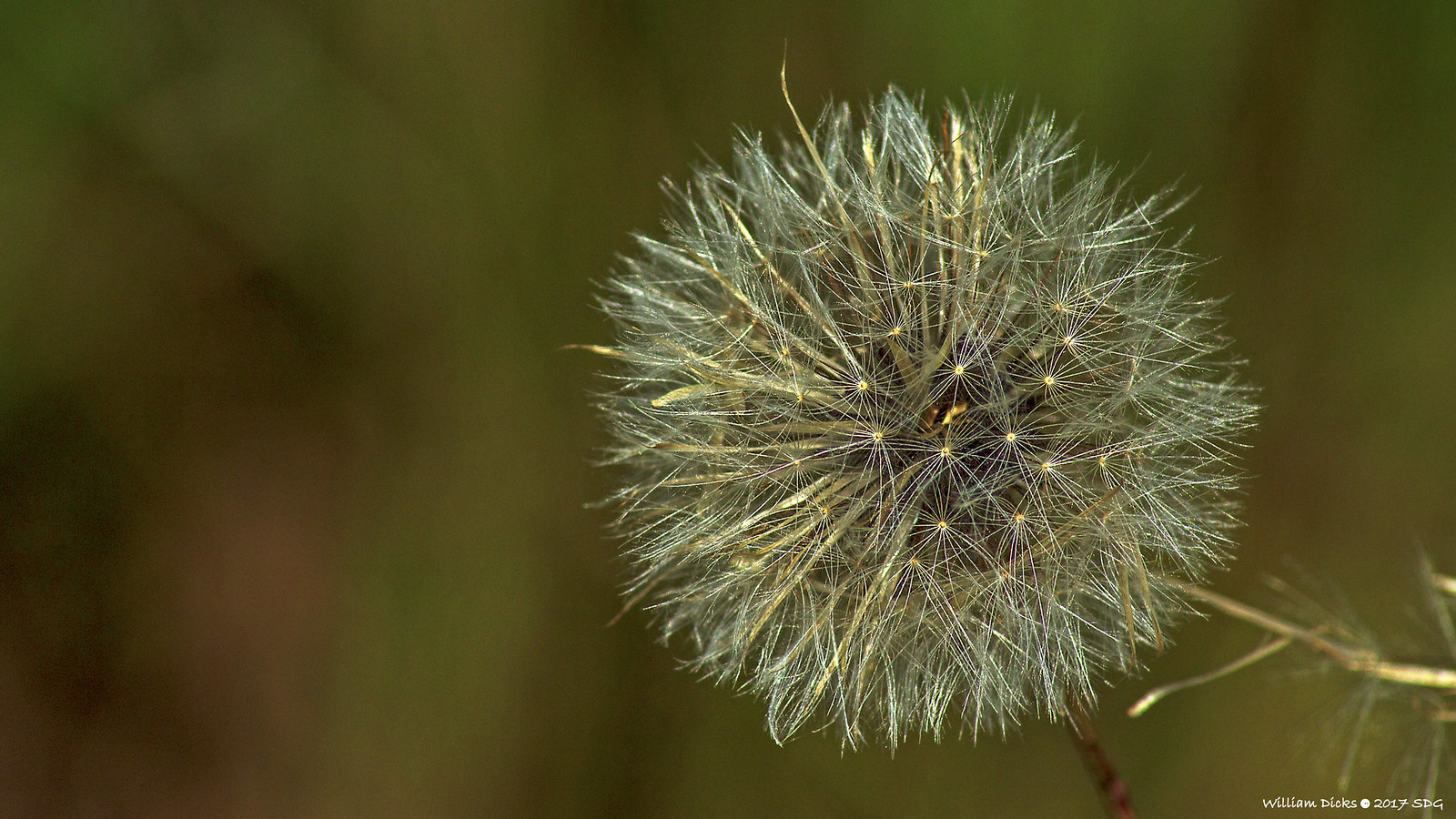 |
| Dandelion |
 |
| Black Wildebeest |
On my return to the Otter Bridge, approaching from the opposite end, the cheetahs were about to cross the bridge. I stopped in one of the parking spots with a good angle to see the cheetahs, and they certainly did not disappoint. They passed within feet of my car. What an amazing experience!
 |
| Mom and cubs about to cross the Otter Bridge! |
 |
| One of the cubs! |
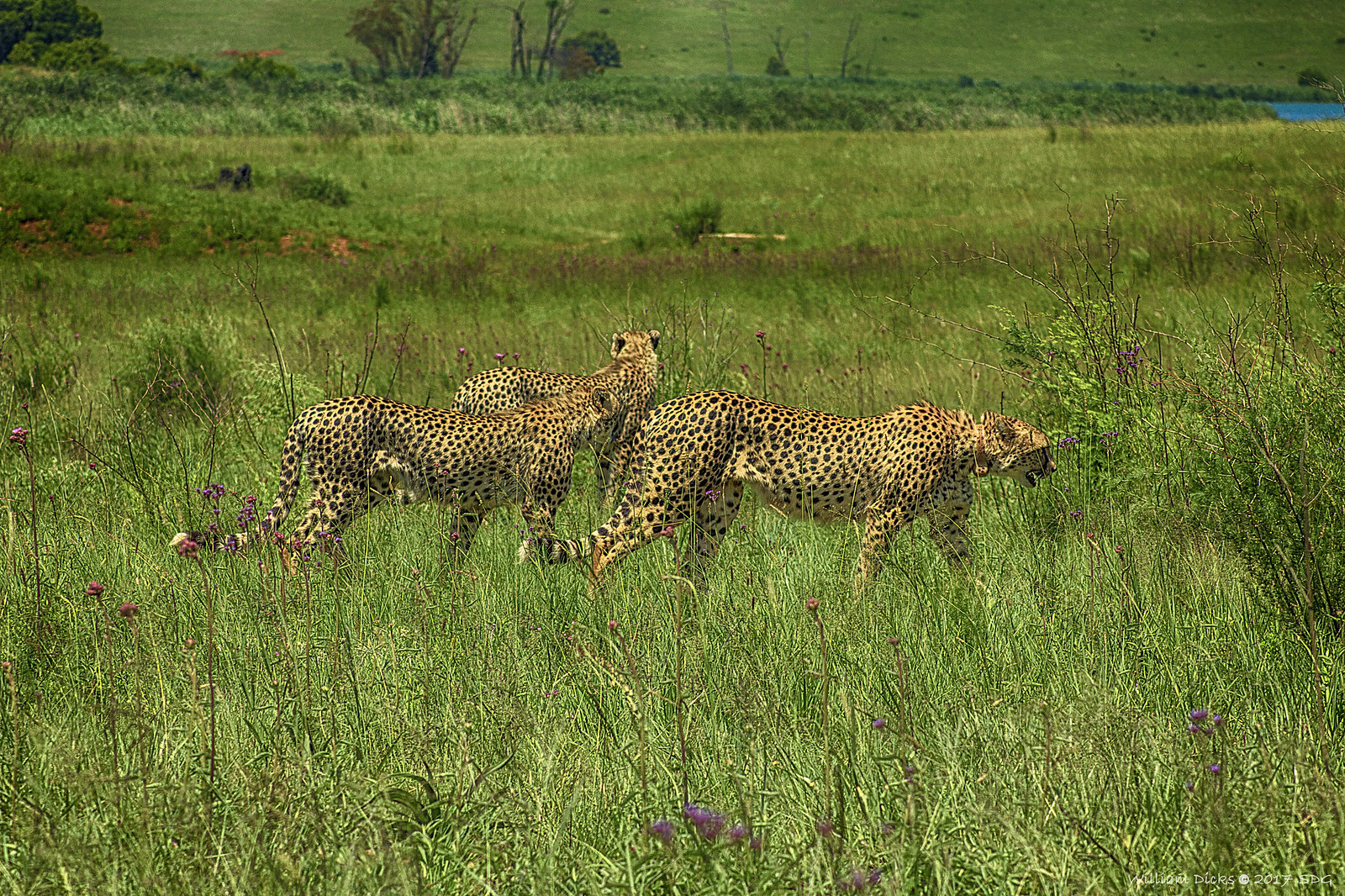 |
| Mom and two of her cubs! |
After getting this rare opportunity to be so close to them and to photograph them I decided that it was time to go home. My day had just become an amazing day!
To see more of my photographs, please visit my Flickr account!
